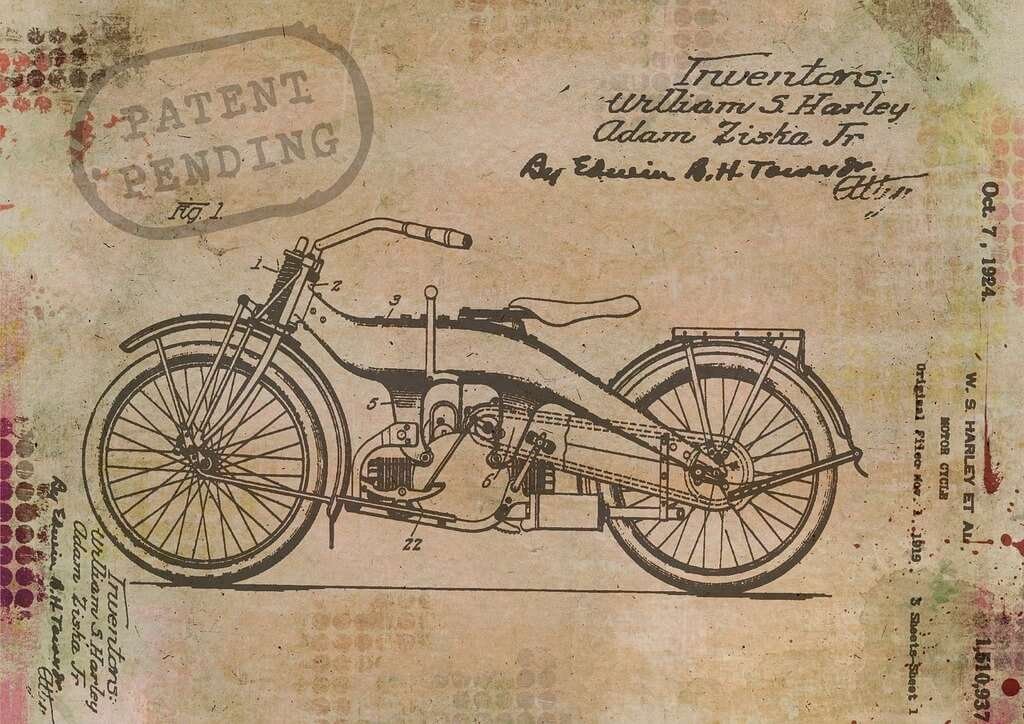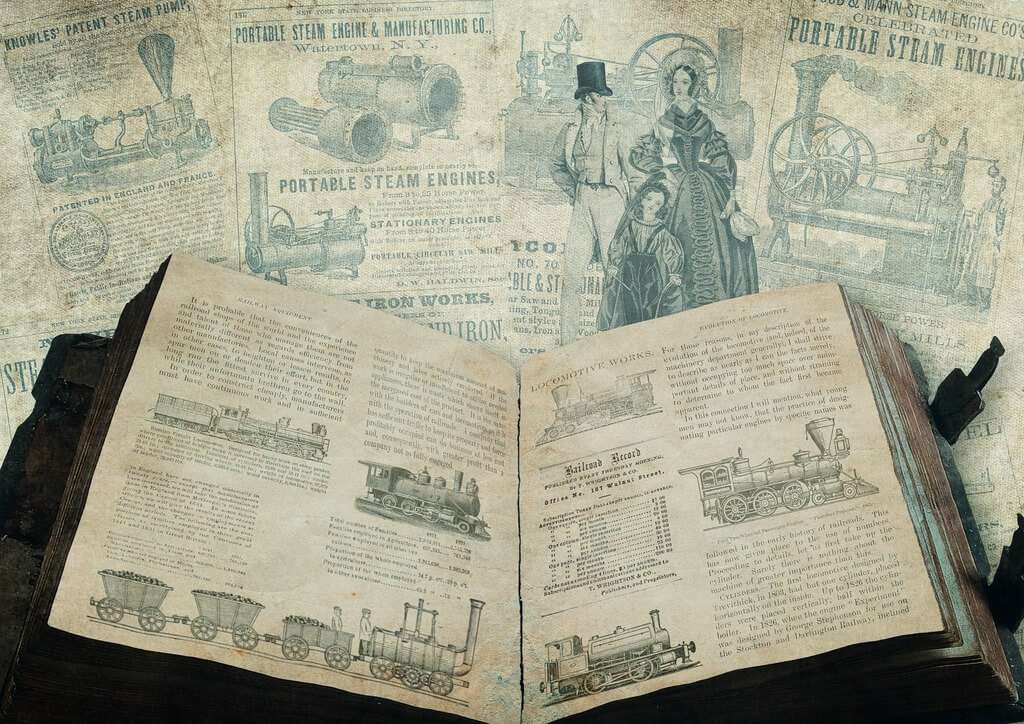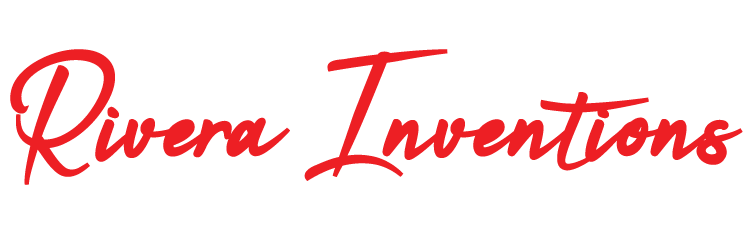You might or might not be surprised to hear that inventions from NASA need to be patented too. As it turns out, even rocket scientists need to patent their inventions! NASA, being a federal agency of the United States government, is required to report any inventions it creates to the government and seek patent protection for those inventions. I guess that’s one way for them to make sure that their ideas don’t get lost in space!

But hey, NASA’s inventions are out of this world! From freeze-drying technology to advanced batteries, these technologies have been used in everything from food preservation to medical devices to environmental controls. Who knew that the same people who sent humans to the moon also helped make our food last longer?
In any case, NASA’s technology transfer program helps to bring their out-of-this-world inventions down to Earth and into our everyday lives. So, the next time you’re using an air purification system or enjoying some freeze-dried ice cream, you might just have NASA to thank!
If you have an invention that you want to protect, you may be wondering how to patent inventions. Here is a brief overview of the patent process: First, conduct a thorough search to ensure that your invention is unique and not already patented. Then, prepare and file a patent application with the appropriate government agency. During the application process, you will need to provide detailed information about your invention, including how it works and why it is unique. If your application is approved, you will receive a patent that gives you exclusive rights to your invention for a certain period of time. It is important to note that the patent process can be complex and time-consuming, so it may be helpful to consult with a patent attorney or agent.

How Can I Patent My Inventions?
If you have an invention that you would like to patent in the United States, the following steps can guide you through the process:
- Conduct a patent search: Before applying for a patent, you should conduct a patent search to ensure that your invention is unique and hasn’t already been patented by someone else. You can do this by searching the US Patent and Trademark Office (USPTO) database or using other online search tools.
- Prepare and file a patent application: Once you’ve confirmed that your invention is unique, you can prepare and file a patent application with the USPTO. The application should include a detailed description of the invention, as well as any relevant drawings or diagrams.
- Wait for the examination process: After your application is submitted, it will undergo an examination process by the USPTO. This can take several months to several years, depending on the complexity of the invention and the backlog of applications at the USPTO.
- Respond to any objections or requests: During the examination process, the USPTO may issue objections or requests for additional information. You should respond to these promptly and provide any necessary information to support your patent application.
- Receive a patent: If the USPTO determines that your invention is unique and meets all of the legal requirements for a patent, they will issue a patent, giving you the legal right to exclude others from making, using, or selling your invention.
Create Your Inventions
Make an effort to reduce the complexity of the concept as much as you can before moving on to the development and production stages of the innovation. Concentrate on the one or two most important aspects of the problem that you are trying to solve. Why?

Keeping things as basic as possible allows designers and engineers to put all of their energy into perfecting the product’s one or two most crucial aspects. Because of this, it is simpler to make a product that is simple, which results in fewer flaws and, more significantly, pleased and satisfied consumers.
